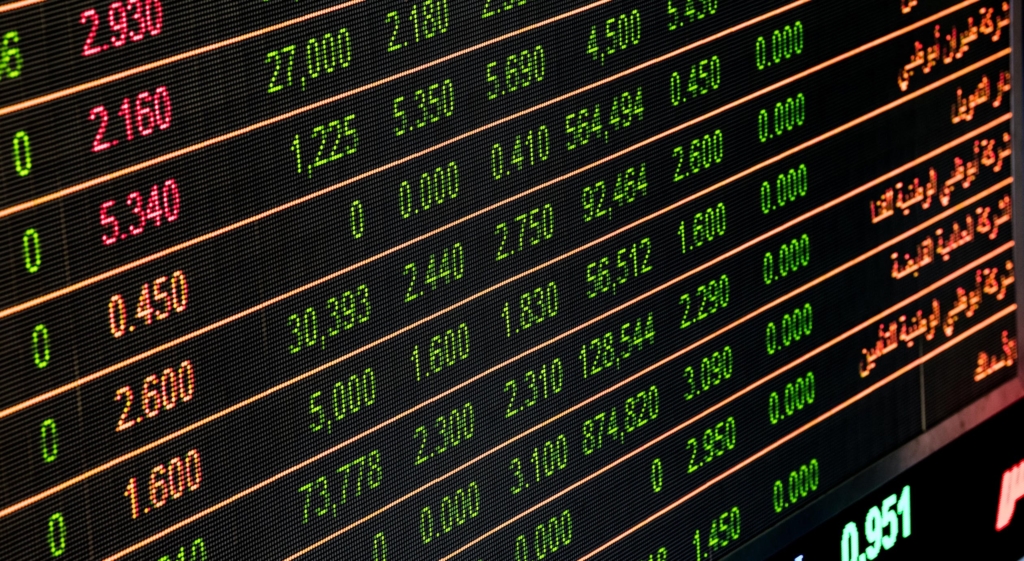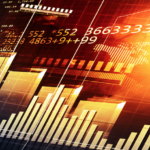Asset Classes
Australian Equities
On the back of very strong commodity prices in April, the materials sector of the ASX 200 had a particularly strong month (+6.8%) – as did the IT sector (+9.7%). Indeed, most sectors, except for some of the defensive ones, (staples, telcos and utilities) did well.
The broader index grew by 3.5% in April which was roughly in line with major overseas benchmarks. For the year-to-date, the index was up 6.7%. We do not see the index as being particularly overly-priced in the short to medium term.
International Equities
The S&P 500 reached fresh all-time highs again at the end of April. This index had a very strong month (+5.2%) along with the London FTSE (+3.8%) and Emerging Markets (+2.5%).
There is little doubt that accommodative monetary policy and the fiscal stimulus is working to support equities. Since we do not see any change in policy this year the major ‘known risks’ to equities are impositions of lock-downs to combat COVID.
Bonds and Interest Rates
The US 10-yr bond yield surge in February, March and early April has abated. From a high of close to 1.75%, the yield fell to 1.5% and has been tracking from 1.5% to 1.65% since. The Fed, after its April meeting, reiterated its lower for longer policy and that it will give plenty of warning about any changes.
The important difference between the new and old Fed policy is that they are now going to react only to actual changes in inflation rather than expectations. The latest inflation read was above 2% as the next one is also expected to be. However, Powell believes these two numbers will mark temporary highs due to price fluctuations at the beginning of the pandemic. These words soothed markets.
The RBA is facing low inflation and it shows no intention of changing policy any time soon. Rates are lower for longer here too.
Other Assets
Prices of the major commodities (copper, iron ore and oil) had risen strongly in April. Iron ore prices at $US 188 / tonne seem to be defying gravity – up by 17.5% in the year-to-date. Copper and Oil prices are up 27.6% and 33% respectively over the same period.
The Australian dollar appreciated by 2.3% against the $US over the month of April to nearly $US 0.78, but has only gained 1.0% for the year-to-date.
Regional Review
Australia
The unemployment rate fell again for March (the latest data) to 5.6% with 70,700 new jobs having been created. Since more people are now employed than before the pandemic, this is a real gain. The Westpac and NAB business indicators report a country of people confident in business and consumption more so than at any time in over ten years.
The future will depend heavily on how we react to outbreaks of COVID infections and the speed at which we re-open our economy. The original plan for vaccinations is in disarray and the government is being cagey about how much vaccine of each type is actually available at this point.
Providing we don’t open up the borders, our rate of infection can easily be contained with selective small lock-downs even without any more vaccinations. However, if we open our borders too quickly, we will have a problem.
The public seems to have lost trust in the vaccination policy owing to the switching of which people and age groups should receive each vaccine. The original reports on the AstraZeneca (AZ) vaccine revealed only modest rates of efficacy. Indeed, it was also reported in April that the CEO of AZ had spent all of his time in Australia since before Christmas until April visiting his family – not a good look when your company is based in Oxford and it is facing difficulties in communication.
Since AZ was widely used in the UK, their infection rates – now that the economy is opening up – will give us some real-time efficacy data.
China
The manufacturing and services PMI’s came in strongly at the end of April: 51.1 for manufacturing and 54.9 for services, suggesting expectations for both sectors are improving.
Because it is about a year since the big lock down in China, data are contaminated by base effects. The annualised growth figure was 18.3% but that only translated to 0.6% for the quarter – a little bit weak for China!
Relations between China and Australia show no signs of healing. Australia is paying the price for having taken a stand against China on a number of important issues. The US shows no signs of repealing the Trump tariffs on China’s exports to the US. Meanwhile, military tensions remain in the South China Sea.
US
Biden seems to be changing his stance from being a moderate in the run-up to the November election to a ‘progressive’ now. He has been trying to get trillions of dollars of funding for everything from stimulus cheques to infrastructure to childcare.
He claims to be only targeting tax increases on companies and people earning over $400,000 per year. That’s a lot of weight on the shoulders of the rich and they won’t like it.
Biden seems to be getting closer to making bigger moves than either Trump or Obama. Perhaps these changes are what is needed but if he moves too quickly, he could upset some of his support base.
Economic data suggest the economy is charging along but it hasn’t yet caught up with the pre-COVID data. Although 220 million have received at least one injection of vaccine, he is now starting to come up against anti-vaxxers and the sceptics. The economy is not yet across the line to achieve herd immunity but it is heading in the right direction.
Europe
Europe is struggling under the weight of COVID and its economic data do not look good. Indeed, it entered the second dip of a double dip recession at the very end of April. The UK, on the other hand, seems to be breaking away from Europe with determination. The new COVID plan seems to be working and some of the economic data are bouncing back.
Rest of the World
India is facing a tragic set of circumstances with a lack of supplies, beds and over 300,000 new COVID infections a day. Other countries, such as Brazil and Chile, are also experiencing a lot of problems but the scale is so much bigger in India.
Japan is still trying to go ahead with the Olympics against advice from the medical community. It is hard to see the events going ahead without COVID outbreaks. There are plenty of fully vaccinated people around the world – including a Brisbane hospital worker – who still get infected. It will be a long time before the world returns to normal.



